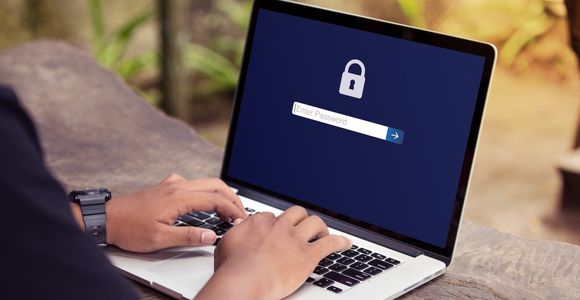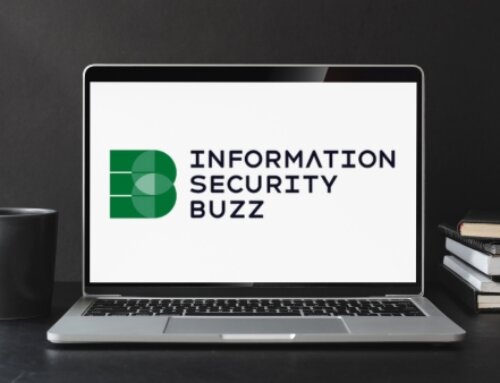As many companies move to permanent and hybrid remote work models, IT security has become even more of a top priority. As it becomes more common, it is crucial for companies to take the right security measures to minimize their exposure to cybersecurity risks.
In this blog, we will share four tips to ensure your remote workforce stays secure.
Tip #1: Use Strong Passwords and MFA
Implement password policies to ensure employees are using complex, unique passwords. Employees should be required to change their password every 90 days or more frequently if needed.
Avoid displaying password requirements, like special characters or capital letters, as that can give hackers clues to password parameters. The best way to ensure your employees are using strong passwords is to invest in a secure password manager. Your employees won’t forget their passwords, and your password manager can automatically generate strong passwords that don’t rely on memorization.
Tip #2: Use IAM for the Remote Workforce
IAM is essential in remote work environments because it can help you identify who your employees are, what they have access to and how long their session will be. IAM empowers you to protect sensitive data from falling into the wrong hands, whether that be a terminated employee, a malicious actor or a third party.
With privileged access management, you can define levels of access for various positions. For example, you can set up a separate IAM for each of your remote employees.
If someone leaves the company and they have been given access to sensitive data, it is easy enough to disable their account.
Tip #3: Use Secure Access Service Edge (SASE) Architecture
We recommend using SASE architecture to maintain service quality and security. This is a secure, multi-layered network that prevents data leakage from the edge of your company’s network across the VPN tunnel into your infrastructure.
Although many people believe you need to purchase new hardware to create a SASE environment, that isn’t true. There are many cloud-based platforms that you can use that are ideal for a remote environment.
Tip #4: Use SD-WAN with Remote Access Solutions
SD-WAN can help you with many facets of remote work security, including:
Reducing cloud friction.
Unlike data-center dependent functions like MPLS, SD-WAN has the ability to prioritize access to cloud-based applications from home or the office. When you use SD-WAN, you can reduce hops and your employees will be able to access the cloud expediently.
Prioritizing traffic.
SD-WAN enables you to prioritize specific apps with application-aware QoS routing and traffic steering. You can use this functionality to reroute from malfunctioning circuits and optimize your performance.
Securing the edge.
When paired with next-generation firewalls, SD-WAN can provide encrypted tunneling. SD-WAN is a consolidated, scalable networking security solution that can deliver security to the network edge without additional hardware. Remote workers can benefit from the same security they would have at the office without the added cost of hardware.
Increasing visibility.
SD-WAN empowers you with full visibility. You can see real-time data on things like connections, jitter, packet loss and more. You can use this information to fully optimize your network performance.
Verinext Can Help
Verinext is a close-knit team of seasoned experts in IT technology, and we’ve got the best enterprise mobility solutions in the industry at our fingertips. Contact us today!






